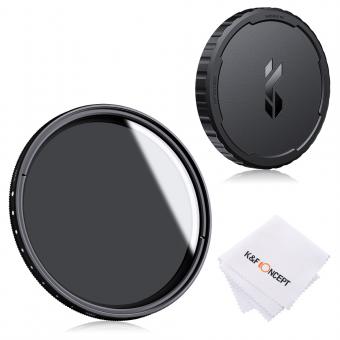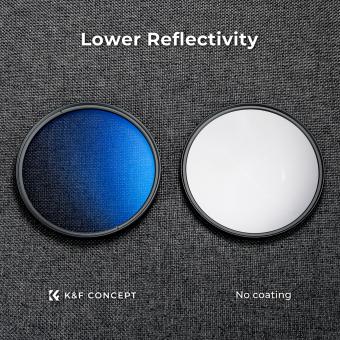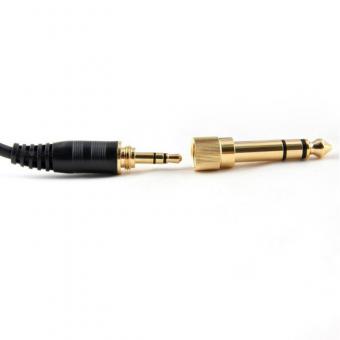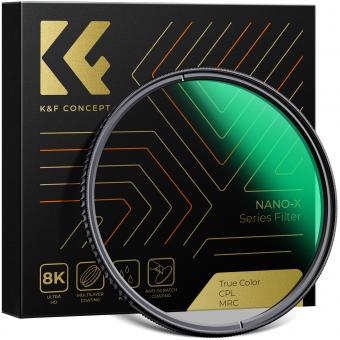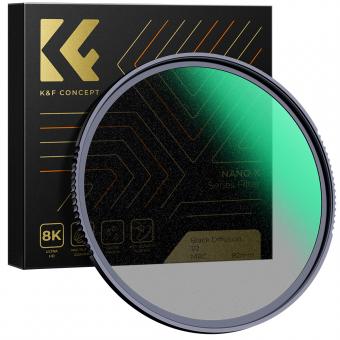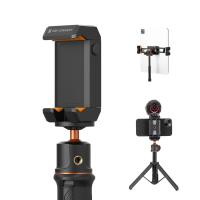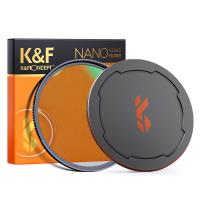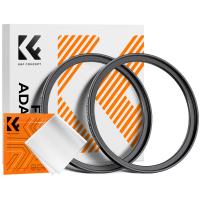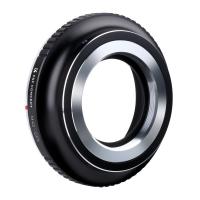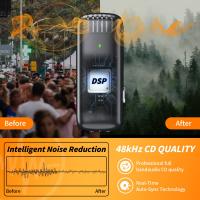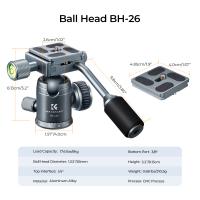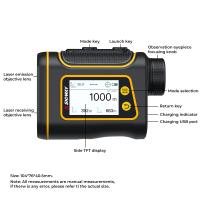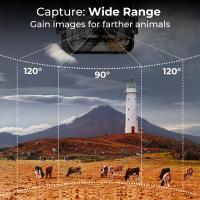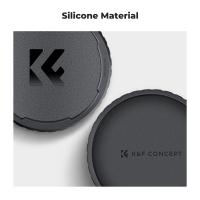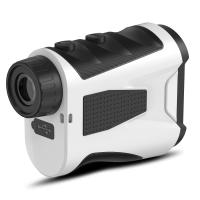Which Nd Filter For Sunset ?
A neutral density (ND) filter with a strength of ND8 or ND16 is recommended for capturing sunsets. These filters reduce the amount of light entering the camera, allowing for longer exposure times and creating a more balanced exposure between the bright sky and darker foreground. The exact strength of the filter will depend on the brightness of the sunset and the desired effect. It is also important to use a high-quality filter to avoid any color cast or loss of sharpness in the image.
1、 ND filter basics for sunset photography
ND filter basics for sunset photography
ND filters are essential tools for sunset photography. They help to reduce the amount of light entering the camera, allowing you to use slower shutter speeds and wider apertures without overexposing the image. This is particularly useful during sunset, when the light is often too bright and intense.
When it comes to choosing an ND filter for sunset photography, there are a few things to consider. Firstly, you need to decide on the strength of the filter. ND filters come in different strengths, ranging from ND2 to ND1000. The higher the number, the darker the filter and the more light it blocks. For sunset photography, a filter with a strength of around ND8 to ND16 is usually sufficient.
Another important factor to consider is the type of ND filter. There are two main types: screw-on filters and square filters. Screw-on filters are easier to use and more portable, but they can cause vignetting at wider angles. Square filters, on the other hand, are more versatile and can be used with different lenses, but they require a filter holder and adapter rings.
Lastly, you should also consider the quality of the filter. Cheap filters can cause color casts and reduce image sharpness, so it's worth investing in a high-quality filter from a reputable brand.
In summary, when choosing an ND filter for sunset photography, consider the strength, type, and quality of the filter. A filter with a strength of around ND8 to ND16 is usually sufficient, and both screw-on and square filters have their pros and cons. Investing in a high-quality filter is also important to ensure the best possible image quality.
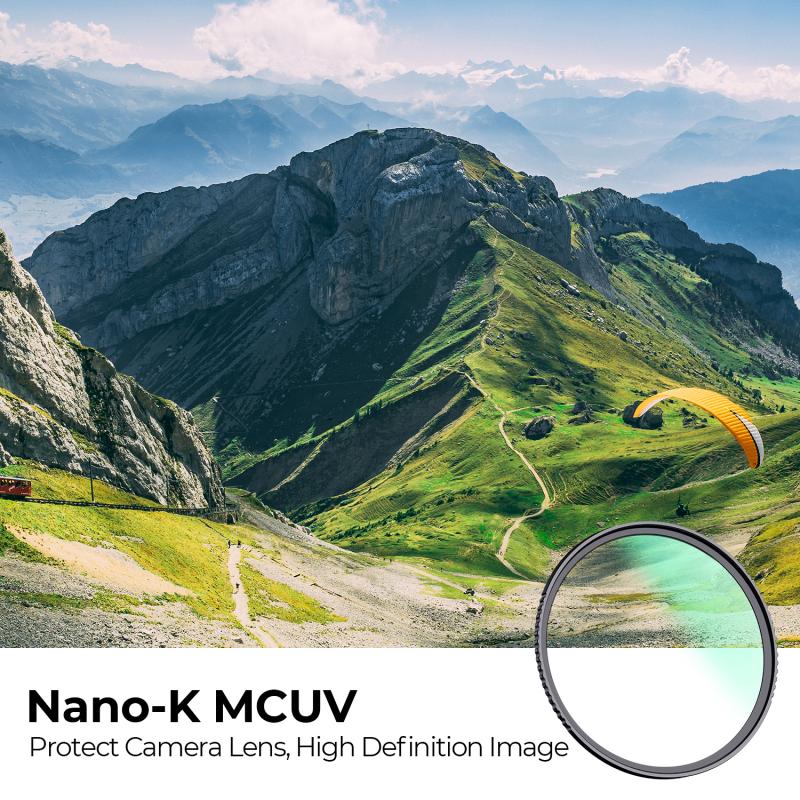
2、 Choosing the right ND filter strength for sunsets
Choosing the right ND filter strength for sunsets is a crucial decision for photographers who want to capture the beauty of the sun setting over the horizon. ND filters are essential tools that help photographers control the amount of light entering the camera, allowing them to achieve the desired exposure and creative effects.
When it comes to selecting the right ND filter strength for sunsets, there are several factors to consider, including the time of day, the intensity of the light, and the desired effect. Generally, a 2-stop or 3-stop ND filter is ideal for capturing sunsets, as it helps to reduce the amount of light entering the camera and allows for longer exposure times.
However, the choice of ND filter strength ultimately depends on the photographer's creative vision and the specific conditions of the shoot. For instance, if the sun is particularly bright or the sky is overexposed, a stronger ND filter may be necessary to achieve the desired effect.
It's worth noting that the latest trend in sunset photography is to use a variable ND filter, which allows photographers to adjust the strength of the filter by rotating the front element. This provides greater flexibility and control over the exposure, making it easier to capture stunning sunset shots.
In conclusion, choosing the right ND filter strength for sunsets requires careful consideration of various factors, including the time of day, the intensity of the light, and the desired effect. A 2-stop or 3-stop ND filter is generally recommended, but the choice ultimately depends on the photographer's creative vision and the specific conditions of the shoot. The latest trend in sunset photography is to use a variable ND filter, which provides greater flexibility and control over the exposure.
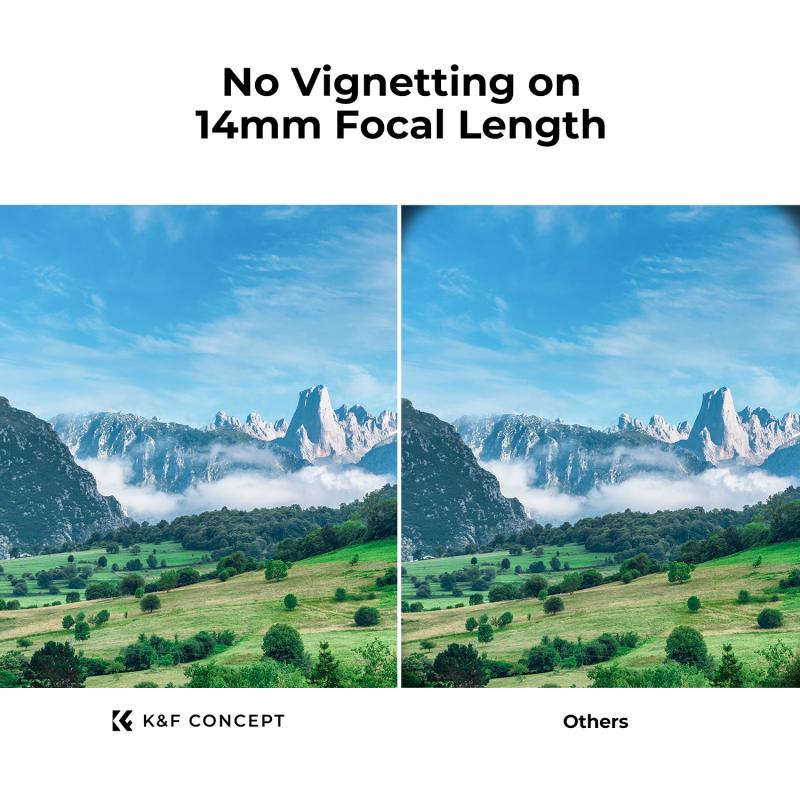
3、 Graduated ND filters for balancing sunset skies
Which ND filter for sunset? Graduated ND filters for balancing sunset skies.
When it comes to capturing stunning sunset shots, using a graduated ND filter is a great way to balance the exposure between the bright sky and the darker foreground. These filters are designed to darken the top portion of the image while leaving the bottom portion unaffected, creating a more balanced exposure.
There are various types of graduated ND filters available, including hard-edge and soft-edge filters. Hard-edge filters have a sharp transition between the darkened and clear portions of the filter, making them ideal for landscapes with a clear horizon line. Soft-edge filters have a more gradual transition, making them better suited for landscapes with uneven horizons or objects protruding into the sky.
In terms of strength, a 2-stop or 3-stop graduated ND filter is usually sufficient for balancing the exposure during sunset. However, the strength of the filter will depend on the specific lighting conditions and the desired effect.
It's worth noting that some photographers prefer to use a combination of graduated ND filters and bracketing techniques to capture the full dynamic range of a sunset scene. This involves taking multiple shots at different exposures and blending them together in post-processing to create a final image with balanced exposure.
Overall, using a graduated ND filter is a great way to capture stunning sunset shots with balanced exposure. However, it's important to choose the right type and strength of filter based on the specific lighting conditions and desired effect.
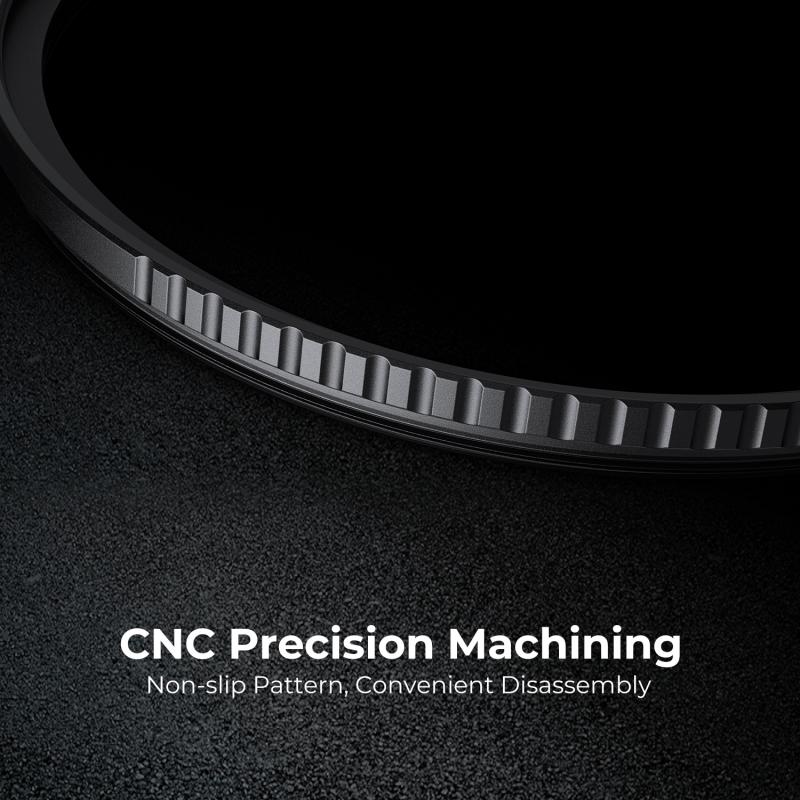
4、 Circular vs. square ND filters for sunset photography
Which ND filter for sunset photography ultimately depends on the photographer's preference and shooting style. However, a general rule of thumb is to use a filter with a strength of around 2-4 stops to balance the bright sky and darker foreground during sunset.
Circular ND filters are the most common and convenient option for most photographers. They screw onto the front of the lens and are easy to use and adjust. However, they can cause vignetting at wider focal lengths and may not be compatible with all lens sizes.
On the other hand, square ND filters require a filter holder system and adapter rings, which can be more cumbersome to set up but offer more flexibility in terms of filter strength and placement. They also do not cause vignetting and can be used with a variety of lens sizes.
In terms of the latest point of view, some photographers are now opting for variable ND filters, which allow for adjustable strength by rotating the filter. This can be particularly useful during sunset photography when the light is constantly changing.
Ultimately, the choice between circular and square ND filters for sunset photography comes down to personal preference and shooting style. Both options have their pros and cons, and it's up to the photographer to decide which one works best for them.



